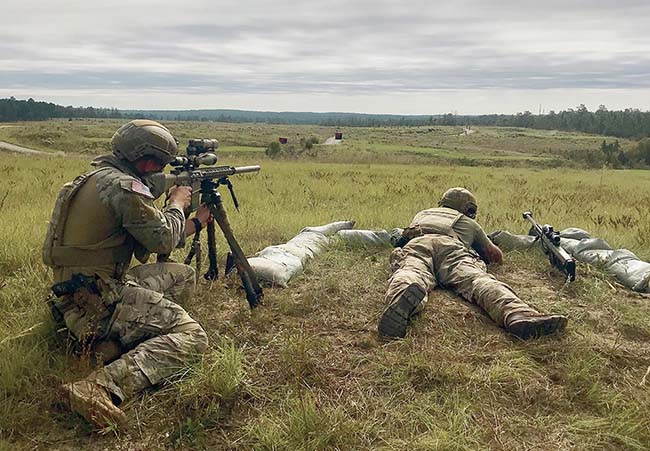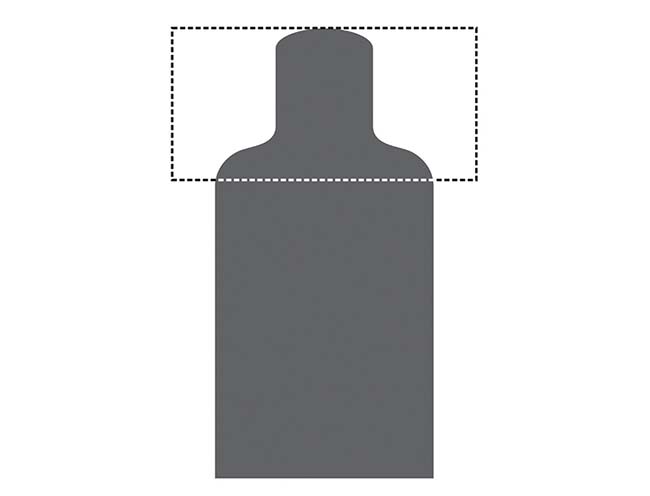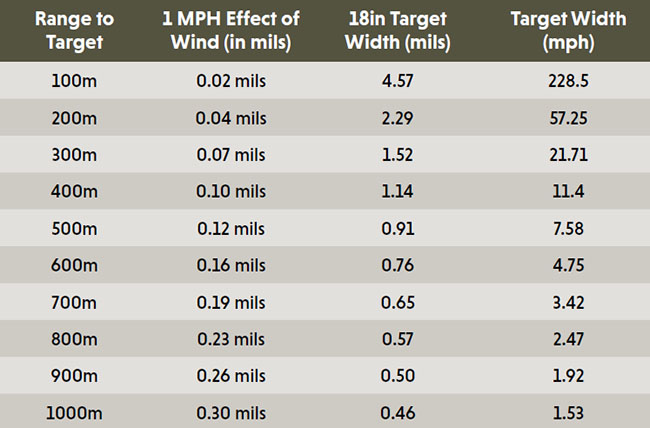In today’s complex fight, the sniper has to be able to quickly flex into a posture that allows him leverage against his adversary. The days of crawling on his belly and setting up to take a prone shot are long gone. For today’s sniper, he acts as an integral node in the target acquisition cycle. TC 3-22.10 defines overmatch as, “Overmatch is the sniper applying their learned skills, employing their equipment, leveraging technology and applying the proper force to create an unfair fight in favor of the sniper.” In order for the sniper to achieve overmatch against a threat, the sniper must develop his skills to master the direct fire engagement process. The sniper must be smart, fast, lethal and precise.
In a target rich environment, the sniper must develop the techniques that enhance his skill in being able to rapidly detect, acquire and identify a target and quickly compute a firing solution to engage the threat. The two biggest challenges to the sniper are establishing a range to the target and making an accurate wind call to successfully put a lethal shot onto the target.
When operating in an urban environment, the sniper can use rapid target engagement techniques that will provide him with the ability to effectively and quickly engage targets in an environment where the sniper team doesn’t have the time to conduct standard range estimation procedures.
Max Point Blank Range
MPBZ (Max Point Blank Zero) is the zero range which allows the sniper to use a single Point of Aim (POA) at a known size target, and the trajectory of the round is such that it hits the target at all ranges from the muzzle out to where it drops below the target base.
To calculate MPBZ, the sniper can use a ballistic software tool. The sniper will need to input his gun profile data and the target height data that he wants to use to calculate MPBZ.
The first step is to change the zero on the ballistic software until Max Ordinate is as close as possible to 15 inches. Remember, Max Ordinate needs to be half the target size above the line of sight. Find the close zero to within 1 meter with a Max Ordinate not exceeding 15 inches. You must do this for your close zero and far zero.
For our example, 371 meters, the round is 13.21 inches above line of sight:
Close Zero: 19 meters
Far Zero: 371 meters
Hold for Far Zero (100m zero): 2.2 Mil
Therefore, the MPBZ for a 30.75-inch target is 19 meters / 371 meters.
Step two is to find the distance where the round will drop at the base of the target when aiming center of visible mass (CoVM). This will be the MPBR (Max Point Blank Range). Use the far zero range and find the DROP. Look for a target range that 15 inches is displayed and record the MPBR. For our example, our MPBR is 443 meters.

The final step is to create a GO/NO-GO range using the target size and Mil relation formula.
Target size in inches x 25.4 / range
30 x 25.4 / 443 = 1.72
So, to apply the GO/NO-GO range, anything Milled over 1.72 (vertical) for a 30-inch target, the sniper can engage with MPBZ dialed on and hold center of mass.
12-Inch Drill
The 12-inch drill is used to flash mil-read a target from the top of the head to the top of the shoulders, or from the bottom of the chin to the center of the chest.
Let’s say you flash mil-read a target from the top of head to top of shoulders (12 inches) at .7 mil. The rule of thumb for a 7.62 sniper rifle that has a muzzle velocity at around 2600 feet per second is mil-read the target and make 10.
An example is .7 + 3 = 10—the sniper would hold 3 mils to engage the target.
Wind Matters
Before a mission, sniper teams need to apply modern methodology to building an appropriate data card to their respective sniper weapon system and ammunition. By preparing a ballistic card with elevation and wind holds, the sniper will have a more accurate means to reference “hard” data.
Knowing your target’s width in mph can assist snipers in making a more accurate wind call. By using your 1 mph wind value you can determine what the width of your target in mph is at that range (i.e., how much wind it would take to blow your round off-target). You measure your target at 800 meters to be 0.57 mils wide. At 800 meters your 1 mph wind value is 0.23 mils. If you divide your target’s mil reading by your 1 mph wind value you get 2.47.
This tells you that it would take 2.47 mph of wind (or error in wind velocity estimation) to blow your round off-target if aiming at the upwind side of the target. This means your target at 800 meters is 2.47 mph wide for M118LR ammunition fired at 2600 fps. You can calculate this for all ranges in order to build a chart for use in the field.
By using rapid engagement techniques and understanding the effect of wind, the sniper can maintain the leverage needed to sustain overmatch against the enemy.














